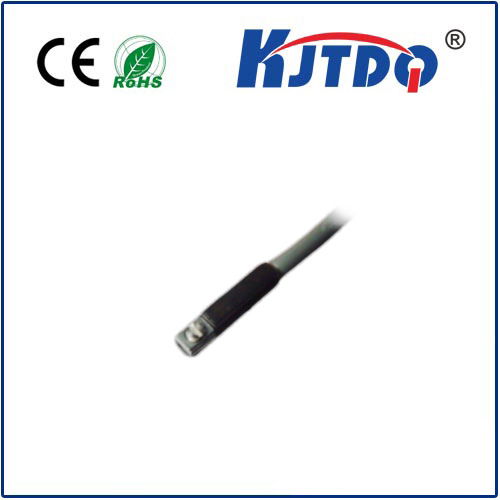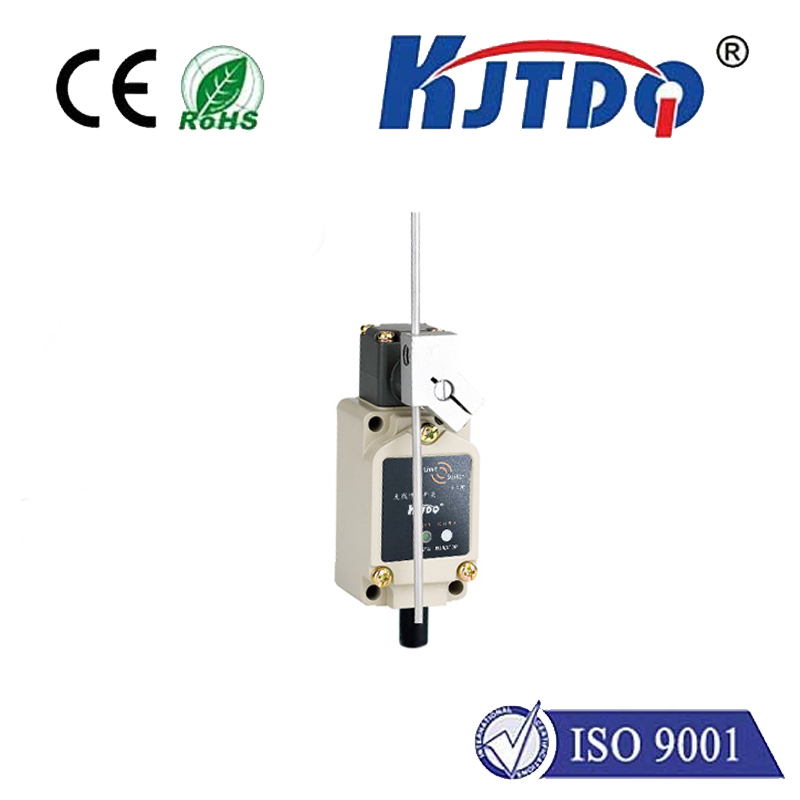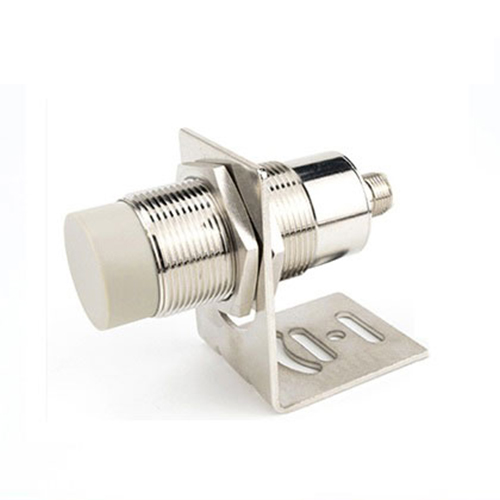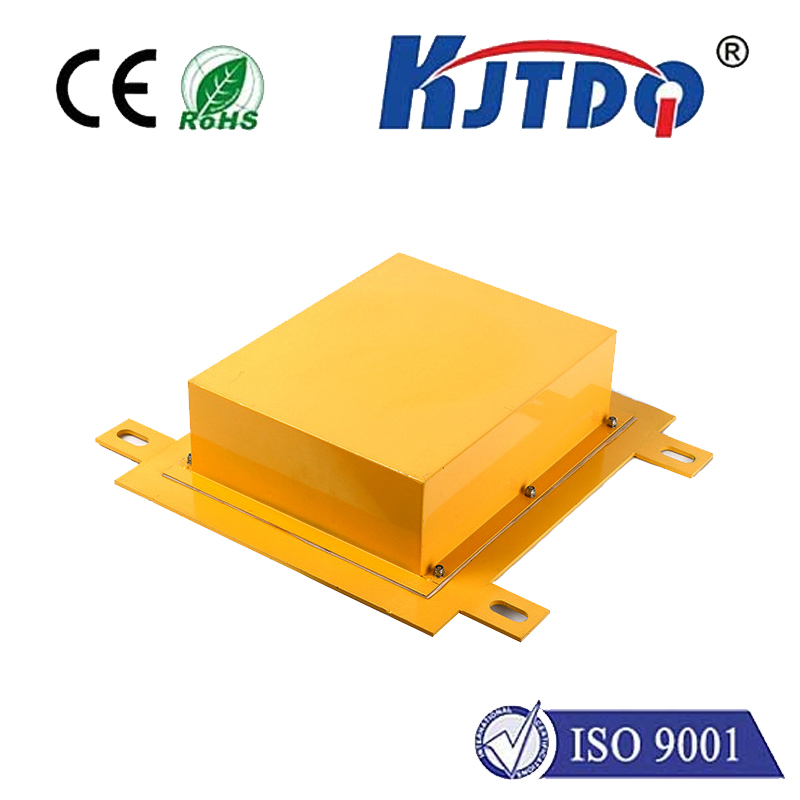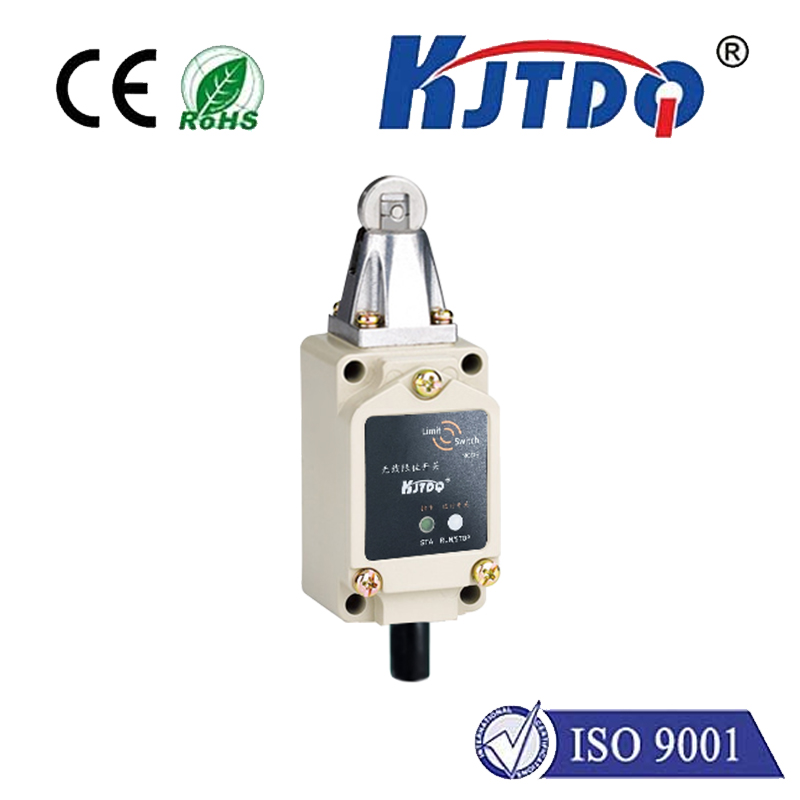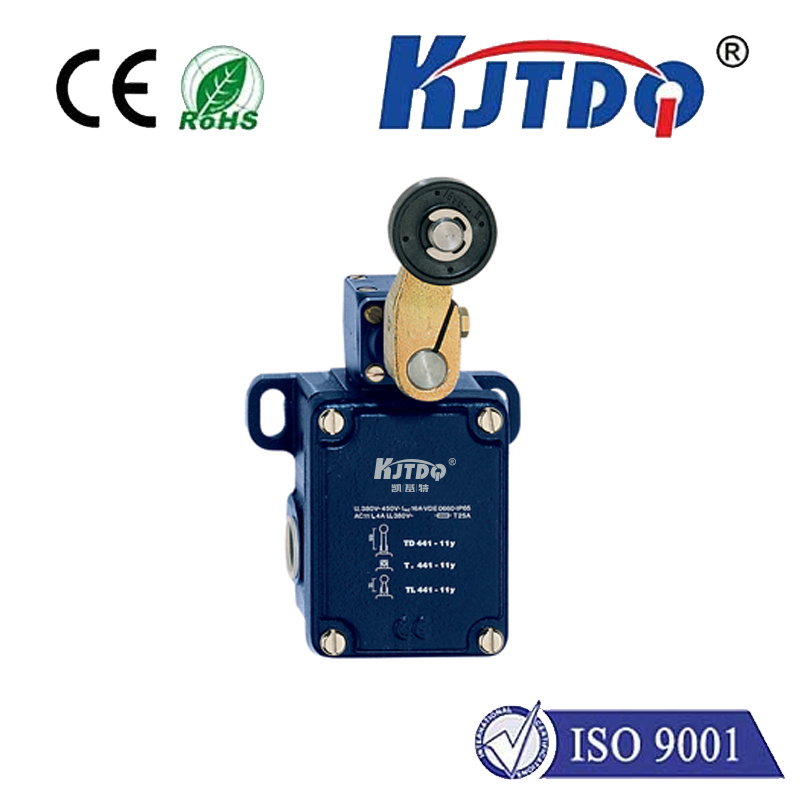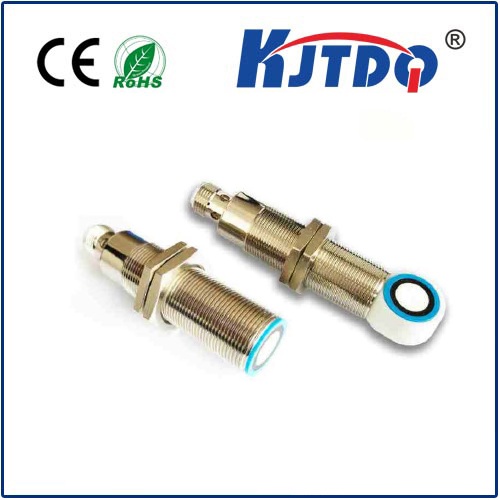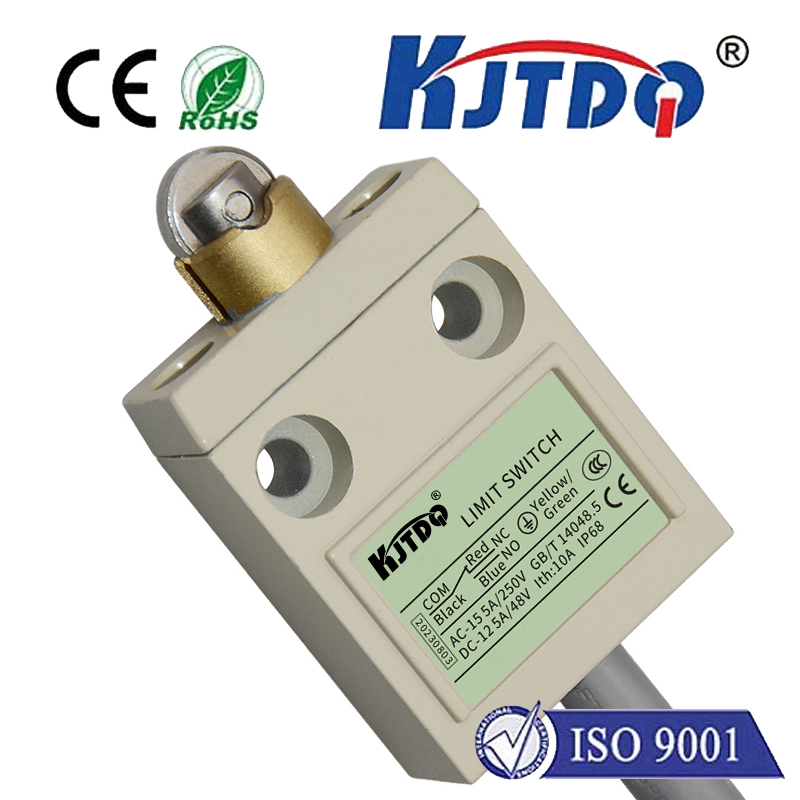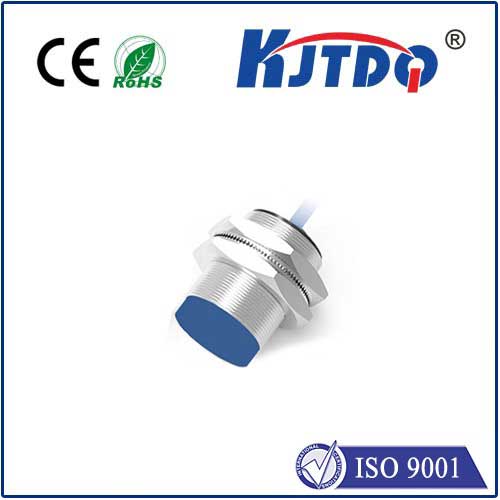rs proximity sensor
- time:2025-07-05 03:55:06
- Click:0
RS Proximity Sensors: The Silent Sentinels of Modern Automation
Imagine a factory floor humming with activity. Robotic arms weld with precision, conveyor belts glide seamlessly, and pallets stack perfectly – yet you rarely see a human physically touching components to guide the process. This orchestrated dance relies heavily on unsung heroes: proximity sensors, particularly those known as RS proximity sensors. These compact, robust devices act as the eyes and ears of countless machines, detecting the presence or absence of objects without any physical contact, silently ensuring efficiency, safety, and accuracy.
Decoding the “RS”
The term “RS proximity sensor” can sometimes be a point of slight confusion. In the context of industrial automation, “RS” most commonly refers to Reed Switch technology. These sensors utilize a hermetically sealed glass capsule containing two ferromagnetic reeds. When a magnetic field – typically from a permanent magnet attached to the target object – enters the sensor’s detection range, the reeds magnetize and attract each other, completing an electrical circuit. When the magnet moves away, the reeds spring apart, breaking the circuit. This simple, elegant mechanism defines the core principle behind RS proximity sensors.
It’s worth noting that “RS” could occasionally be misinterpreted or used loosely in some contexts (like referencing “Reed Sensor” or even an output type like “Relay Switch”). However, the dominant and most accurate interpretation for standard proximity detection purposes is Reed Switch. Understanding this clarifies their fundamental operation.
How RS Proximity Sensors Operate: Magnetic Magic
The detection principle of an RS proximity sensor is purely magnetic:

- Sensor Housing: Contains the encapsulated reed switch assembly and necessary circuitry.
- Magnet Target: The object to be detected must have a permanent magnet attached or possess inherent ferromagnetic properties.
- Detection: As the magnetic target approaches the sensor head, its magnetic field permeates the reed switch capsule.
- Switch Activation: The ferromagnetic reeds inside the capsule become magnetized by the external field and bend towards each other until they make contact, closing the switch contacts (like a relay).
- Output Signal: This switch closure is translated into an electrical signal (e.g., a change from 0V to 24V DC, or an open circuit closing), signaling to a controller (like a PLC) that the target is present.
- Deactivation: When the target magnet moves out of range, the magnetic field weakens sufficiently, the reeds lose magnetism, and spring back apart, opening the circuit and signaling the absence of the target.
This non-contact, wear-free operation is a key advantage, especially in harsh environments where physical switches would quickly fail.
Where RS Proximity Sensors Excel: Key Applications
Their reliance on a magnetic field gives Reed Switch proximity sensors unique strengths and ideal applications:
- Position Sensing: Verifying the open/closed status of doors, hatches, guards, or valves. Their robustness and reliability make them perfect for safety interlocks on machinery access points.
- End-of-Travel Detection: Confirming that cylinders have fully retracted or extended in pneumatic or hydraulic systems.
- Level Detection: Monitoring the presence or absence of ferromagnetic materials in tanks or bins (where float magnets can be used).
- Speed Monitoring: Counting rotations of ferrous gear teeth or detecting the presence of magnets on rotating shafts.
- Simple On/Off Signals: Any application requiring a reliable confirmation that an object with a magnet is in a specific position. Their simplicity often translates into very cost-effective solutions.
Why Choose an RS Proximity Sensor? Compelling Advantages
- Robustness and Reliability: The reed switch is sealed within glass, making it highly resistant to dust, dirt, moisture, and even submergence in non-corrosive liquids (high IP ratings like IP67/IP68 are common). There are no moving mechanical parts to wear out within the sensor itself.
- Simple Integration: Requiring only a magnet as a target and a basic power supply, they are generally easy to install and configure. They often provide simple switch outputs (e.g., NO/NC contacts) compatible with most controllers.
- Cost-Effectiveness: For straightforward position detection tasks where a magnet can be used on the target, RS sensors often offer a very attractive price-to-performance ratio.
- Low Power Consumption: The reed switch itself consumes virtually no power until activated. The power used is primarily for the output circuitry.
- Speed: They offer very fast response times.
Choosing the Right Proximity Sensor: RS vs. Alternatives
While RS proximity sensors are excellent for many tasks, understanding where other technologies shine is crucial:
- Inductive Proximity Sensors: Detect any metal object (ferrous or non-ferrous) without requiring a magnet. Ideal for detecting pistons, gears, or metal parts directly. More versatile for most metal detection needs.
- Capacitive Proximity Sensors: Detect nearly any material (metal, plastic, wood, liquid) based on changes in capacitance. Perfect for level detection of liquids or granular solids, or detecting non-metallic objects.
- Photoelectric Sensors: Use light beams (visible, infrared, laser) to detect objects at greater distances. Excellent for presence detection on conveyors, object counting, and transparency detection. Susceptible to environmental factors like dust, fog, or ambient light interference.
Selecting Your RS Proximity Sensor: Key Considerations
When specifying an RS proximity sensor, pay attention to:
- Sensing Distance: The maximum reliable operating distance between the sensor face and the magnet target. Ensure your setup provides sufficient clearance. Always refer to manufacturer specifications.
- Magnet Requirement: Can you attach a magnet to the target object? What size/strength magnet is needed for the required sensing distance?
- Output Configuration: Normally Open (NO), Normally Closed (NC), or both? What voltage and current specifications (e.g., PNP/NPN transistor outputs, or relay contacts)? Match this to your controller’s input card.
- Environmental Factors: Required IP rating for dust/water protection, temperature range (operating and storage), resistance to chemicals or oils.
- Electrical Connection: Cable gland (fixed cable) or connector types (like M8, M12).
- Housing Material: Metal (stainless steel for harsh environments) or plastic (for lighter duty or cost savings).
The Indispensable Role in Automation
From ensuring a safety door is closed before a machine cycle begins, to confirming a pallet is positioned correctly for robotic picking, RS proximity sensors perform countless critical tasks. Their simplicity, ruggedness, and reliability make them fundamental building blocks in automated systems. While inductive and photoelectric sensors handle a wider range of detection scenarios, the Reed Switch proximity sensor remains the go-to solution for cost-effective, robust magnetic position verification.
By understanding the strengths and ideal applications of RS proximity sensors, engineers and technicians can make informed choices, ensuring their automated systems operate smoothly, safely, and efficiently. They may be silent components, but their impact on the reliability and performance of modern machinery is undeniable.






